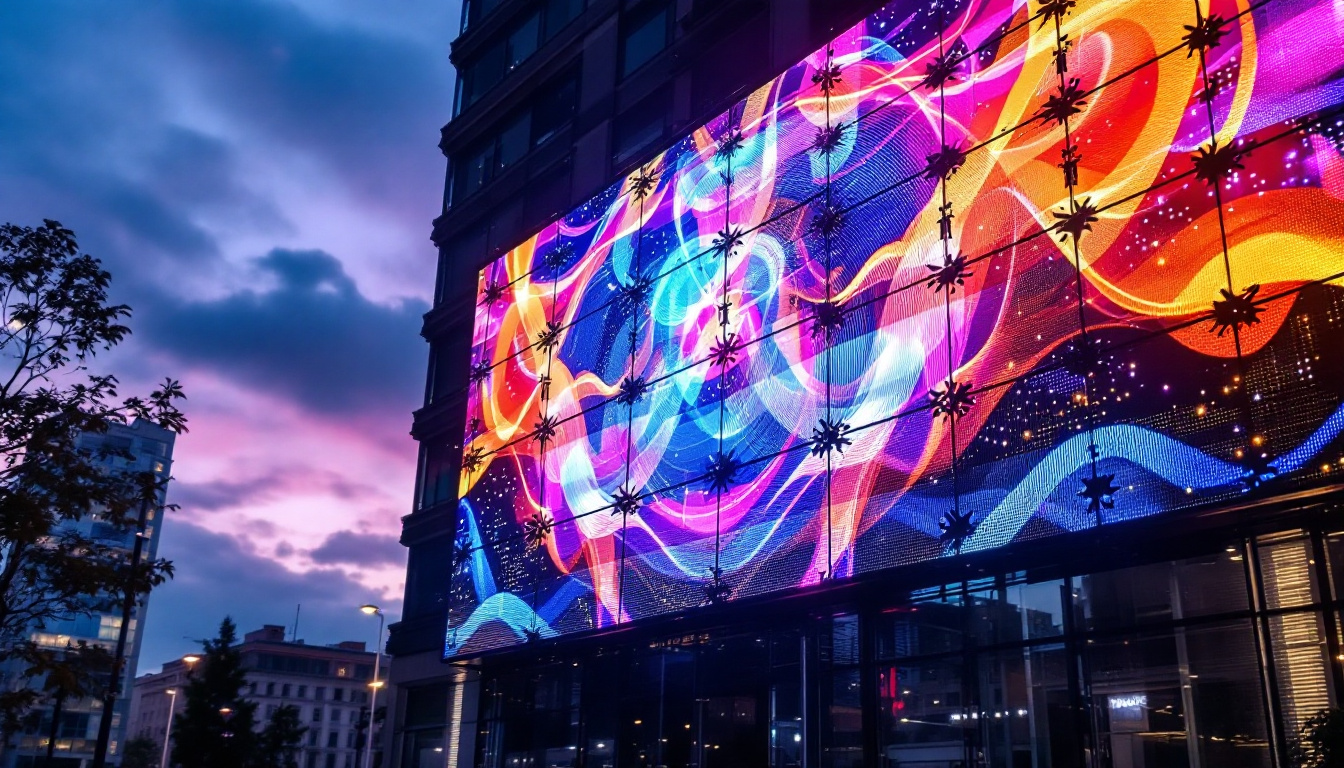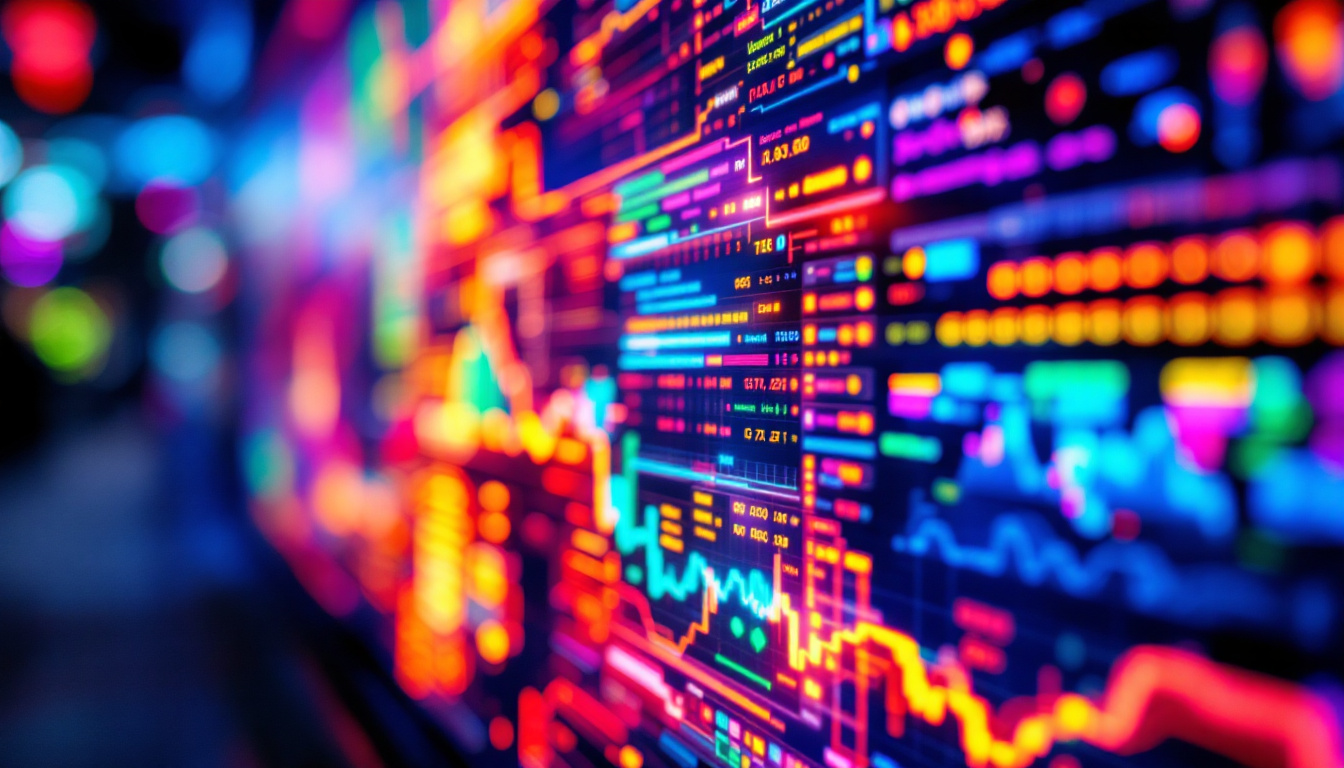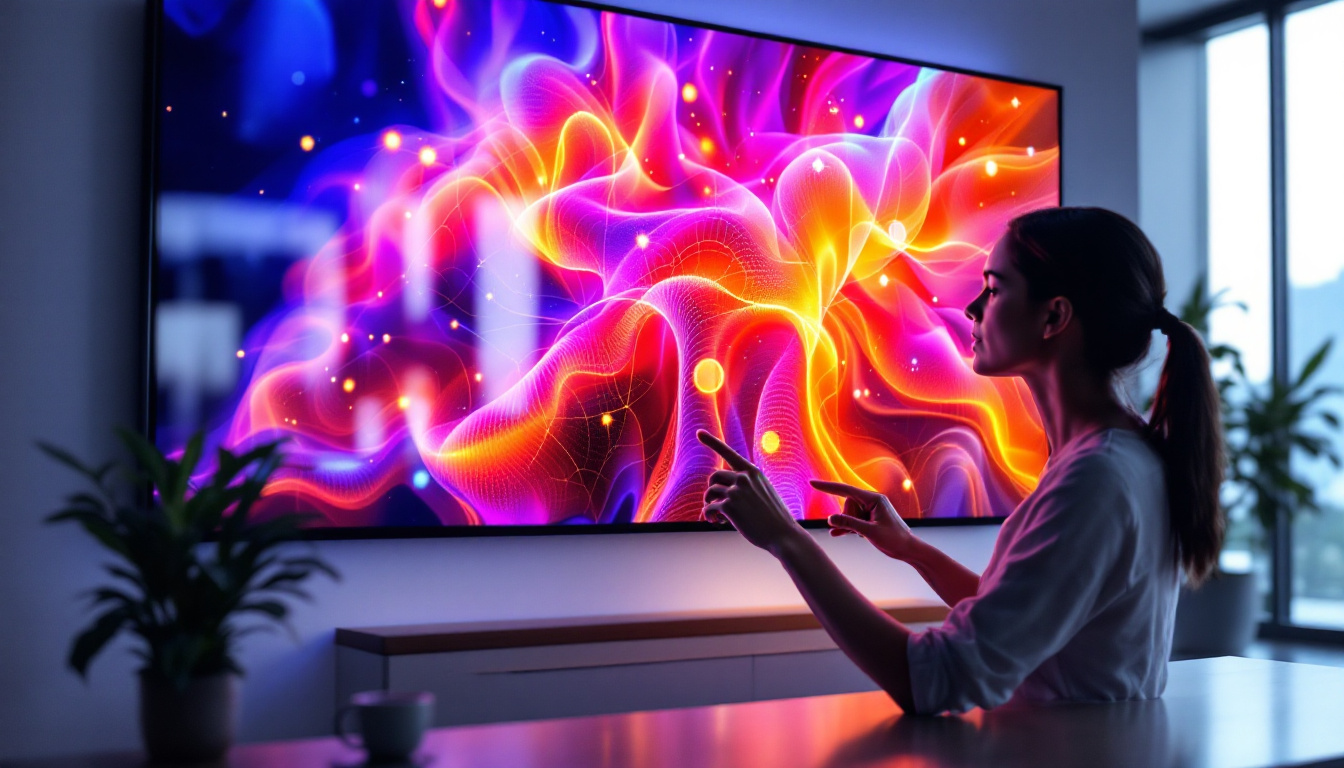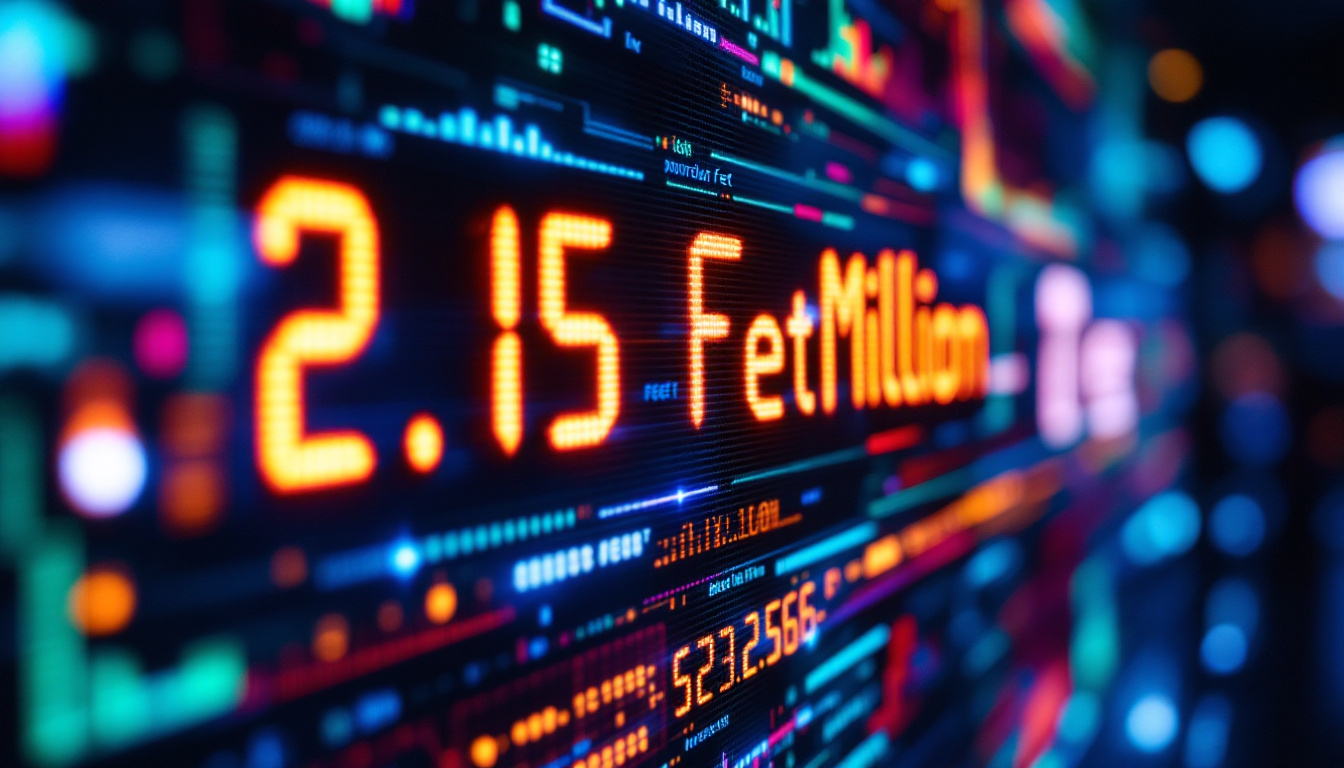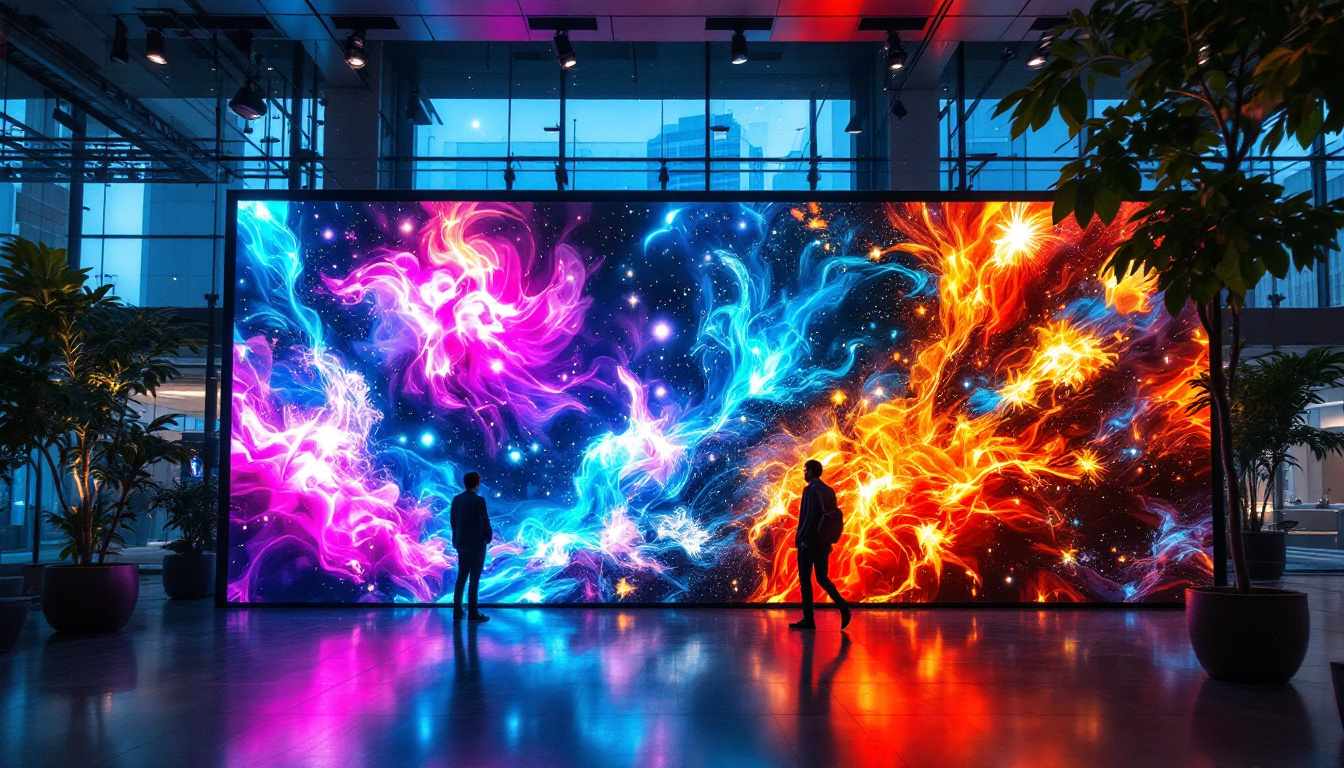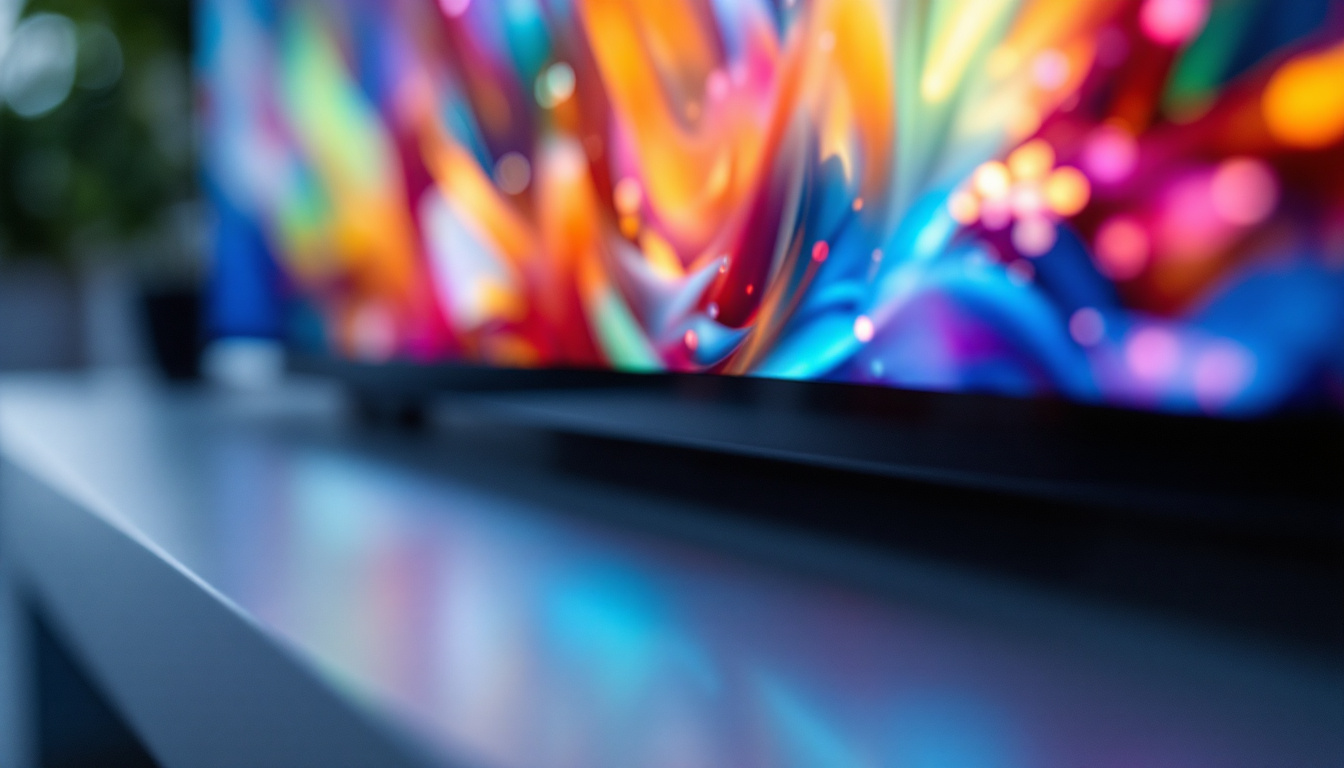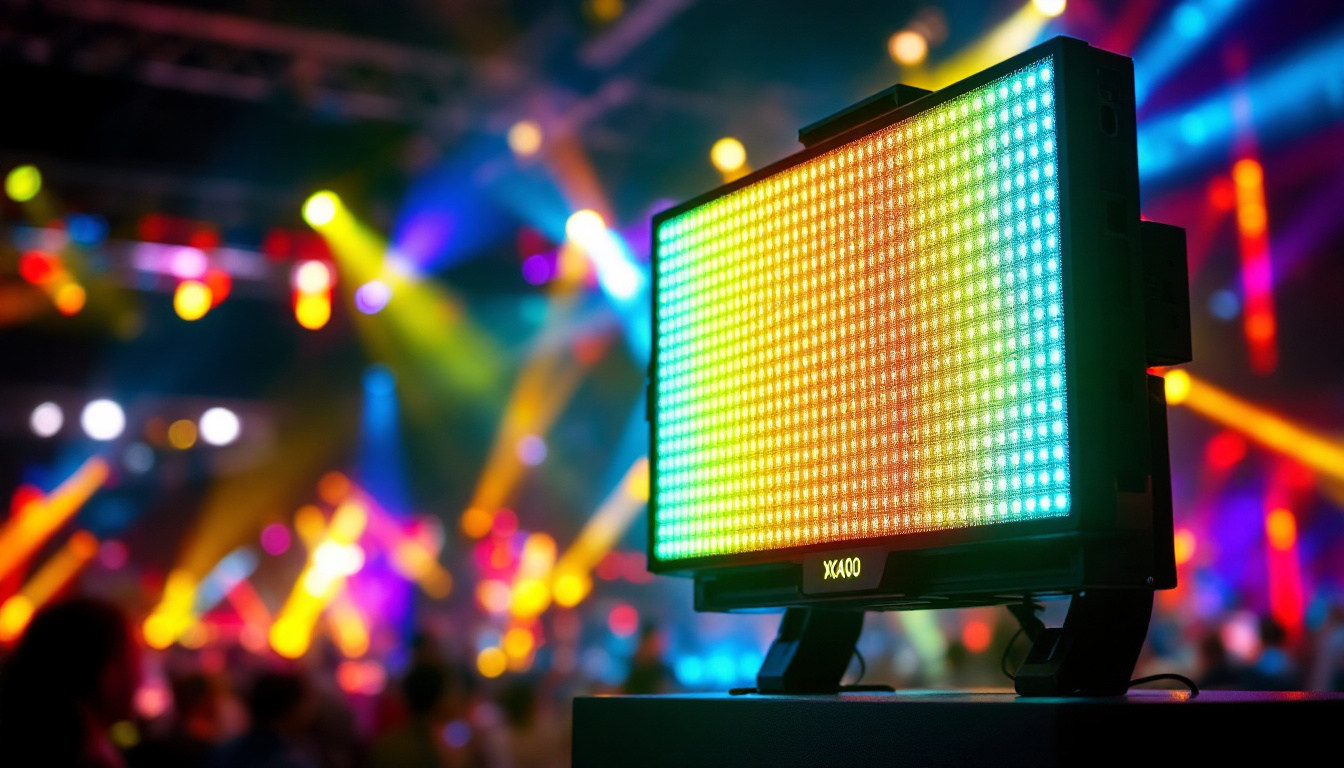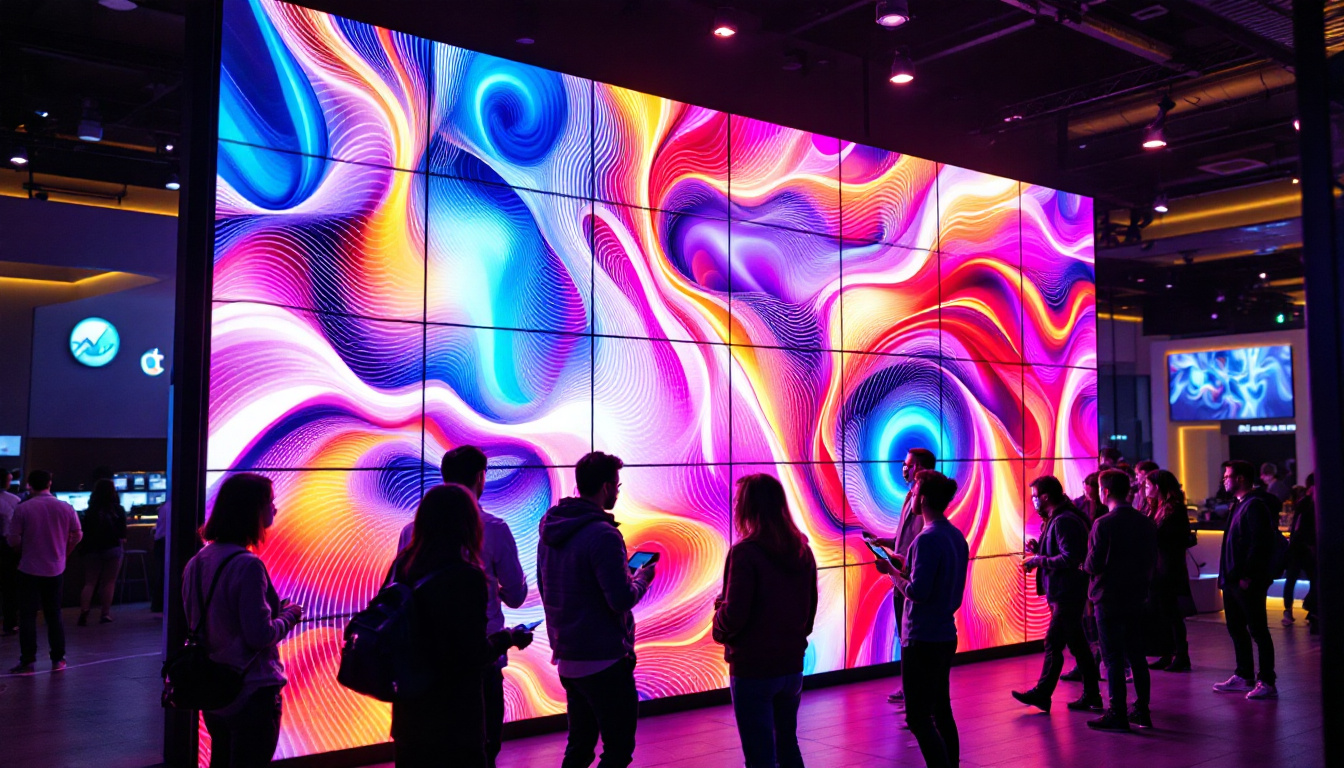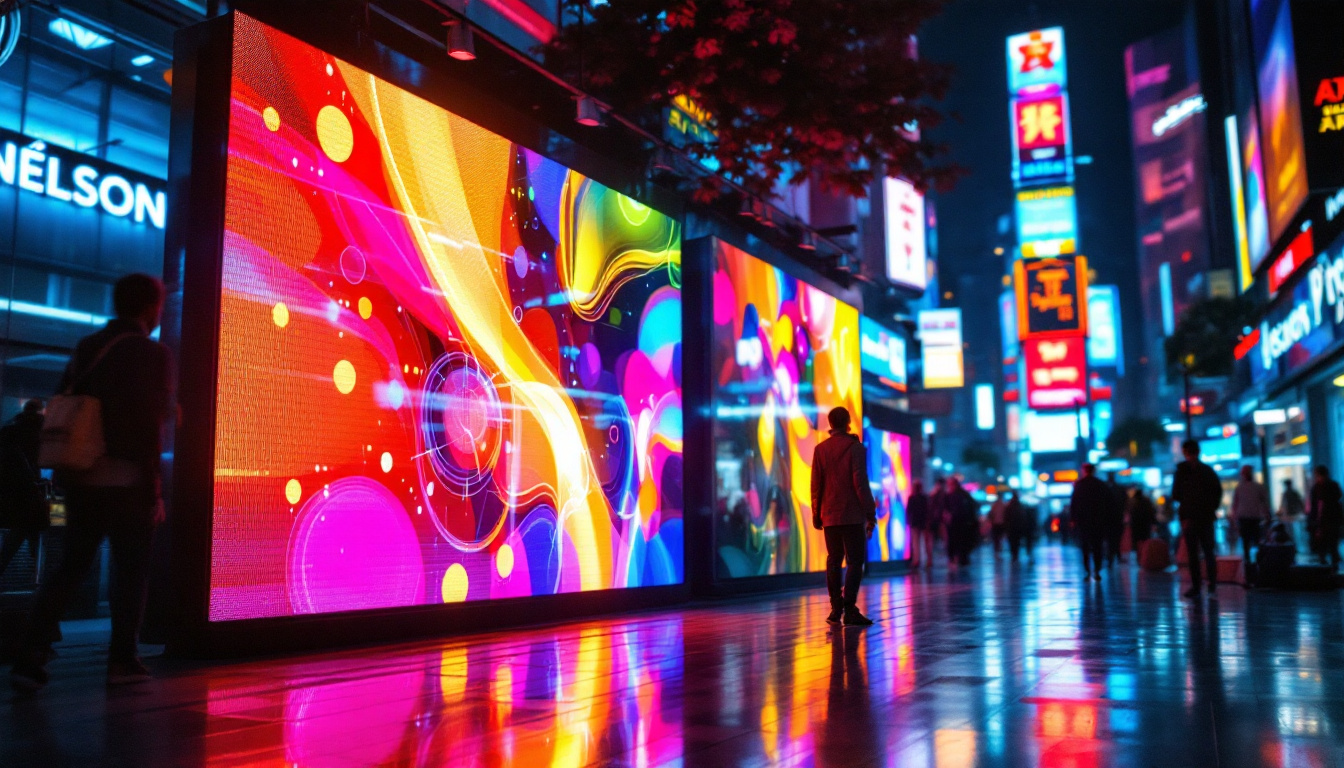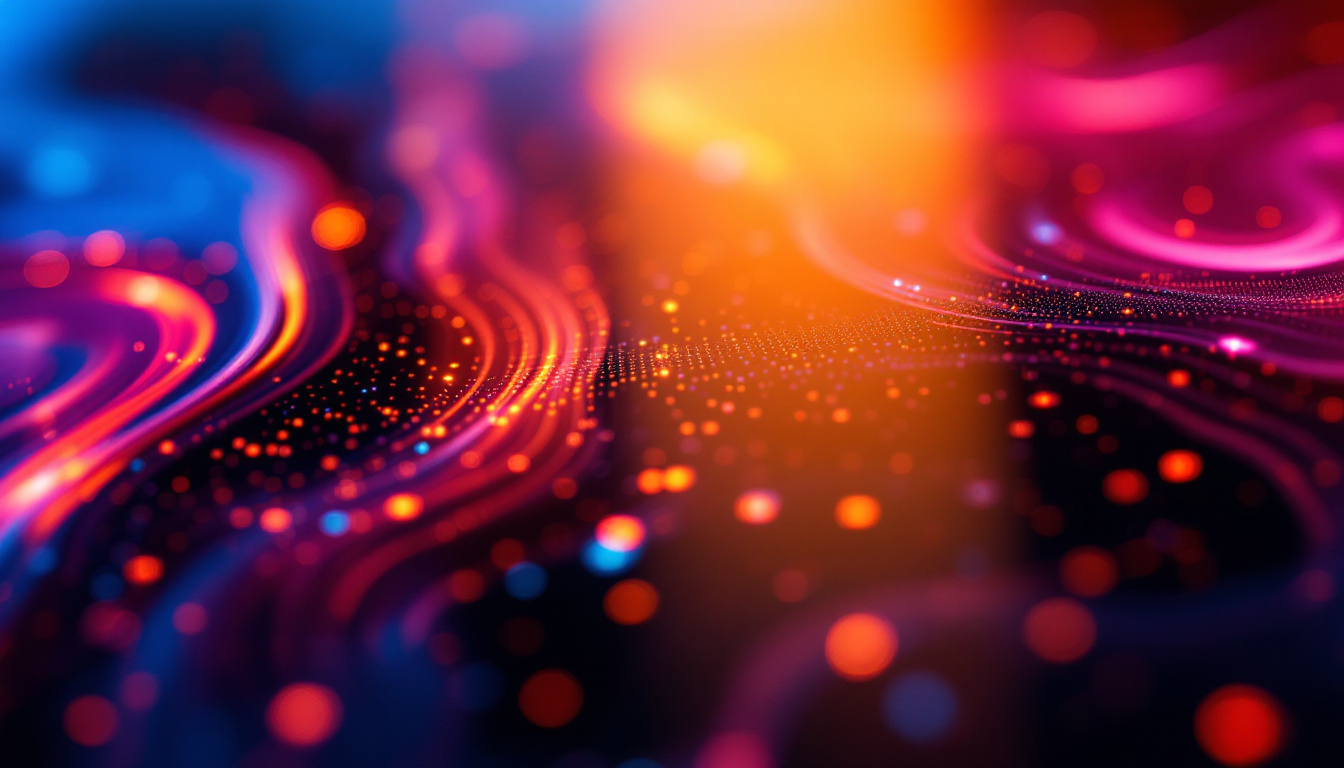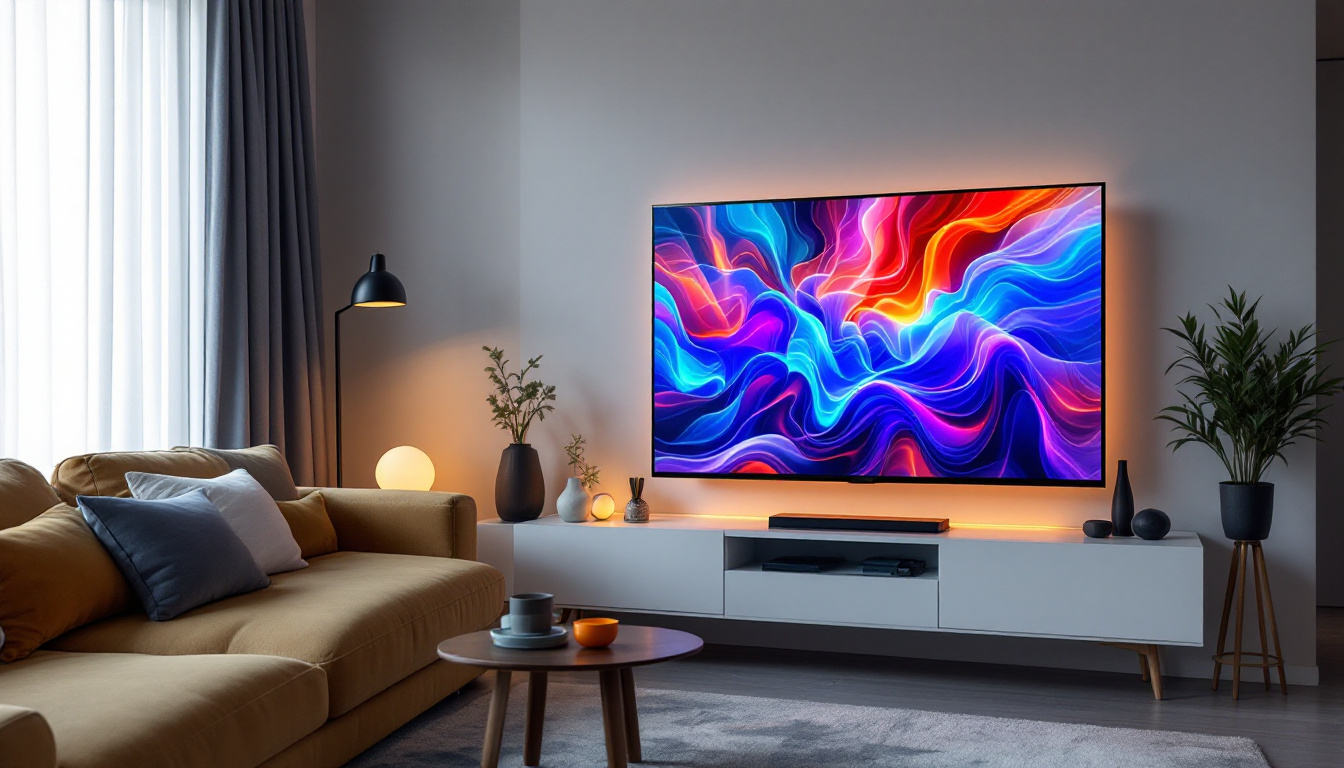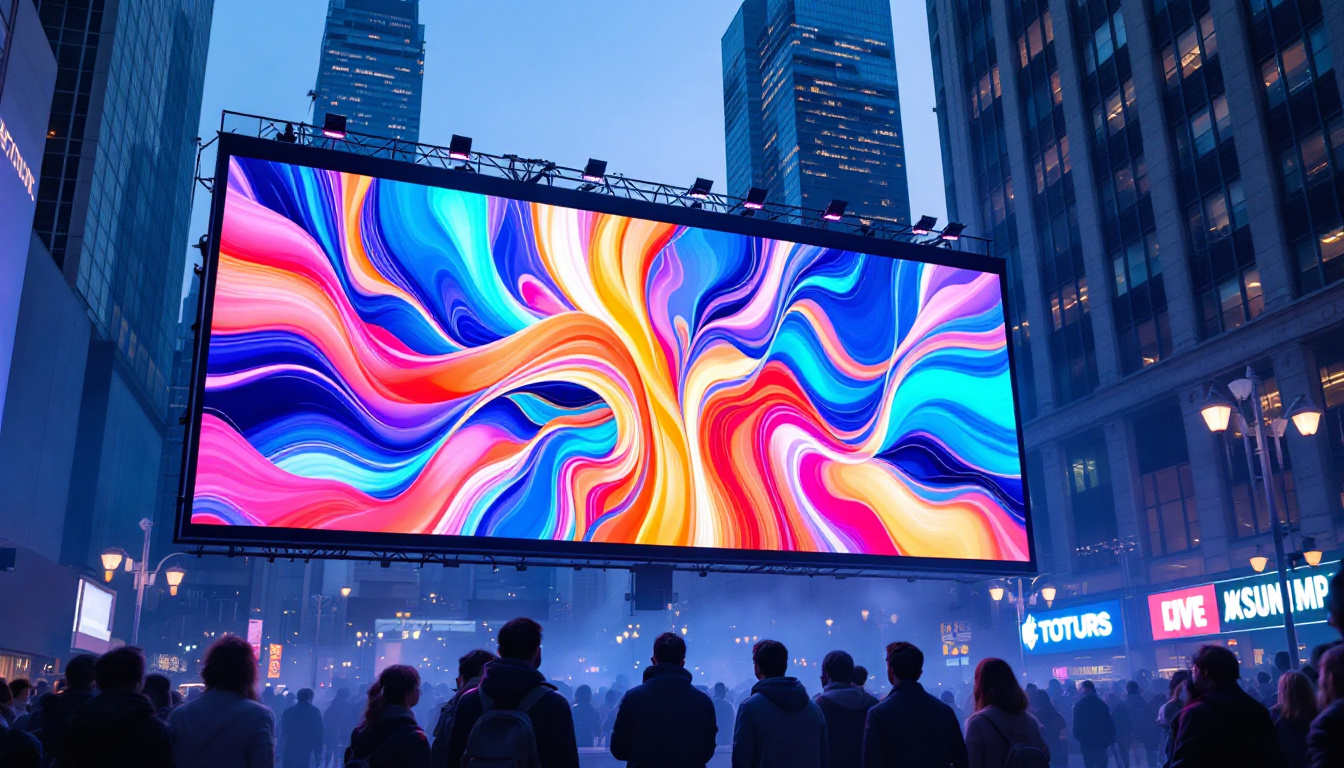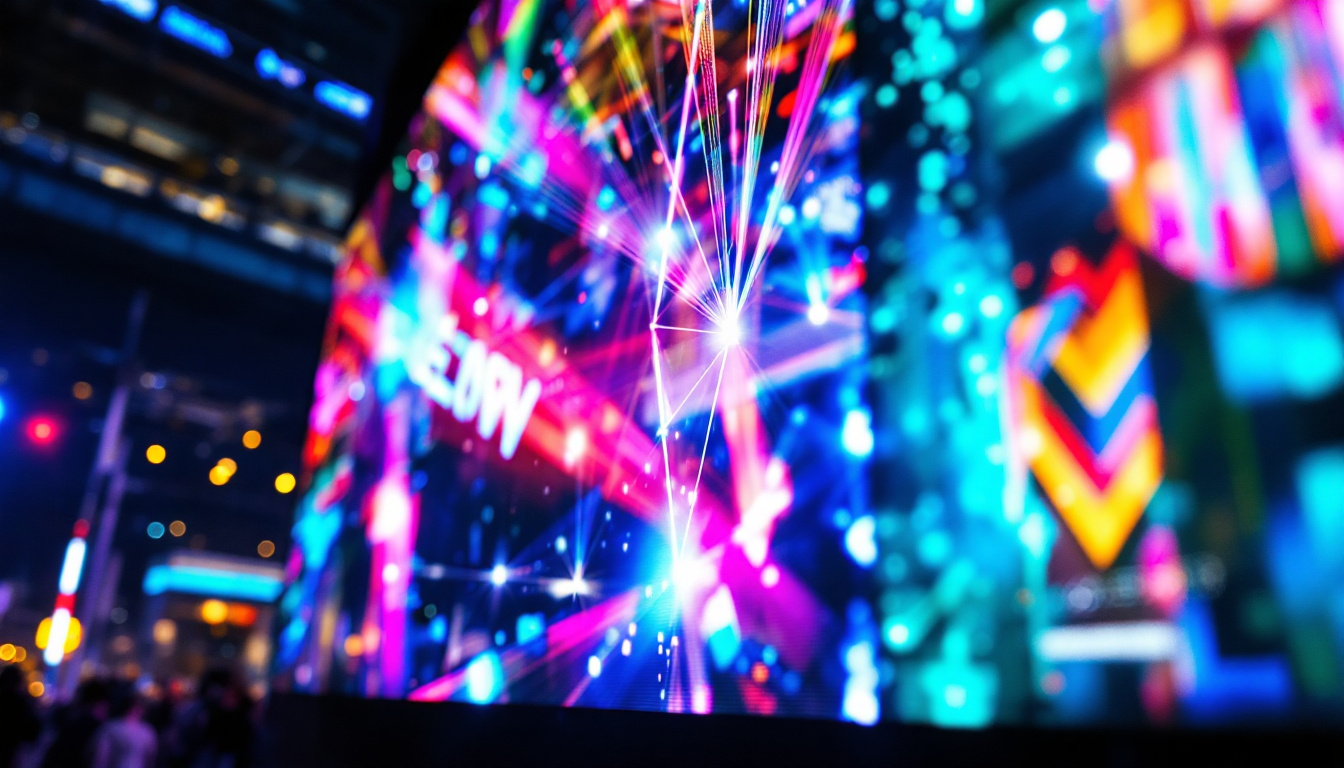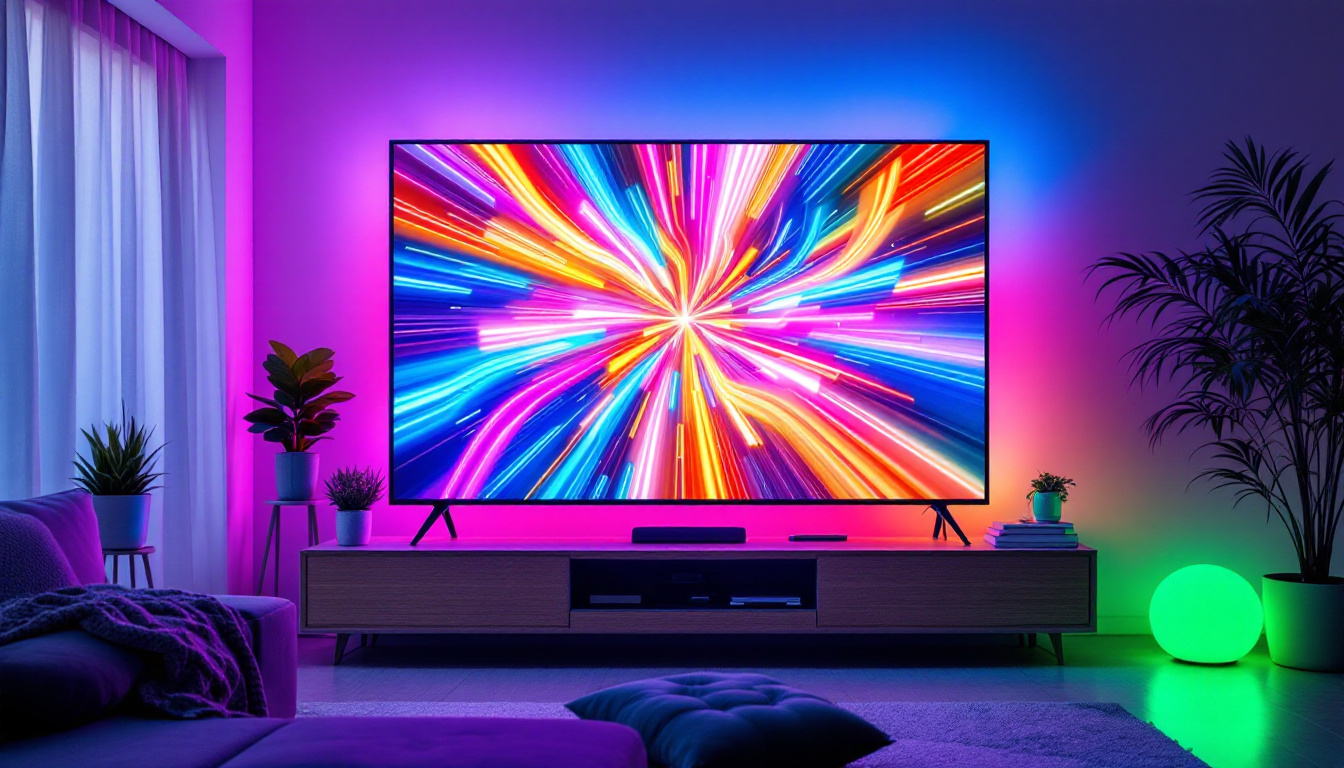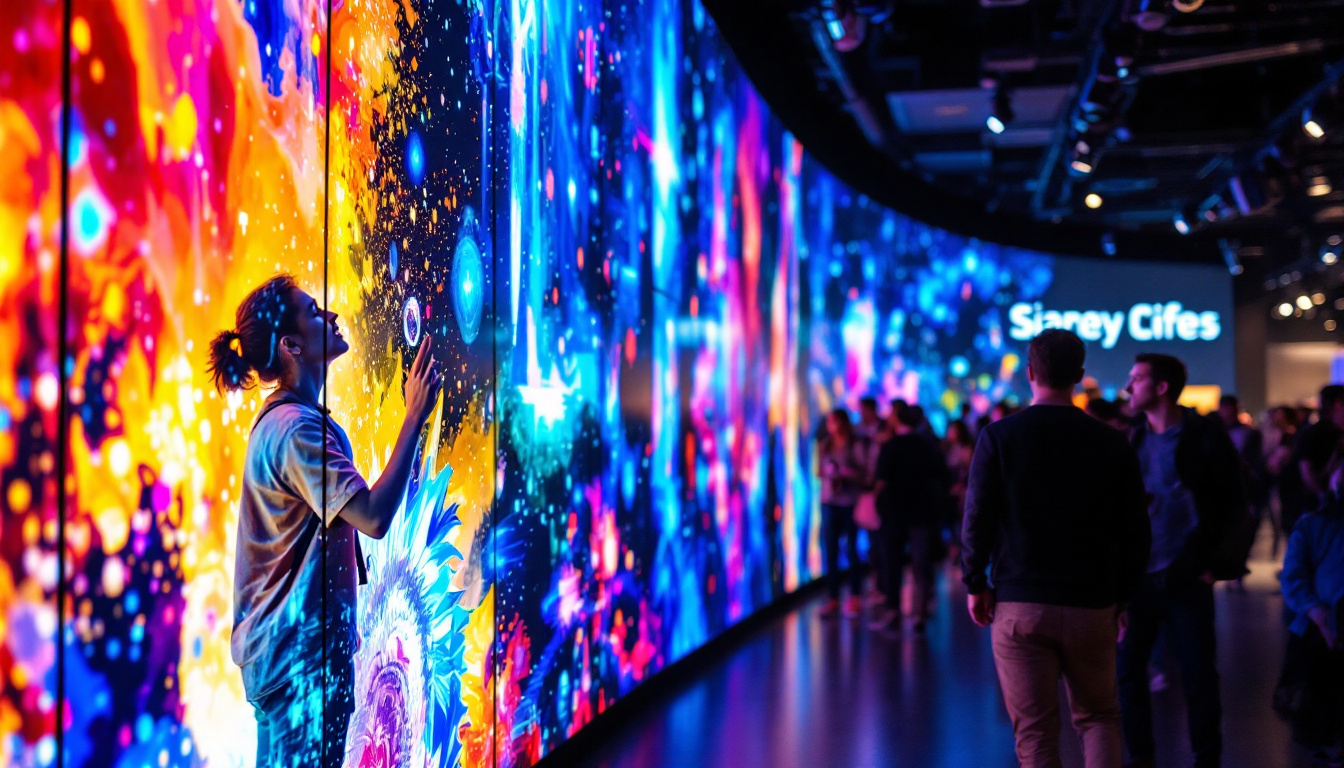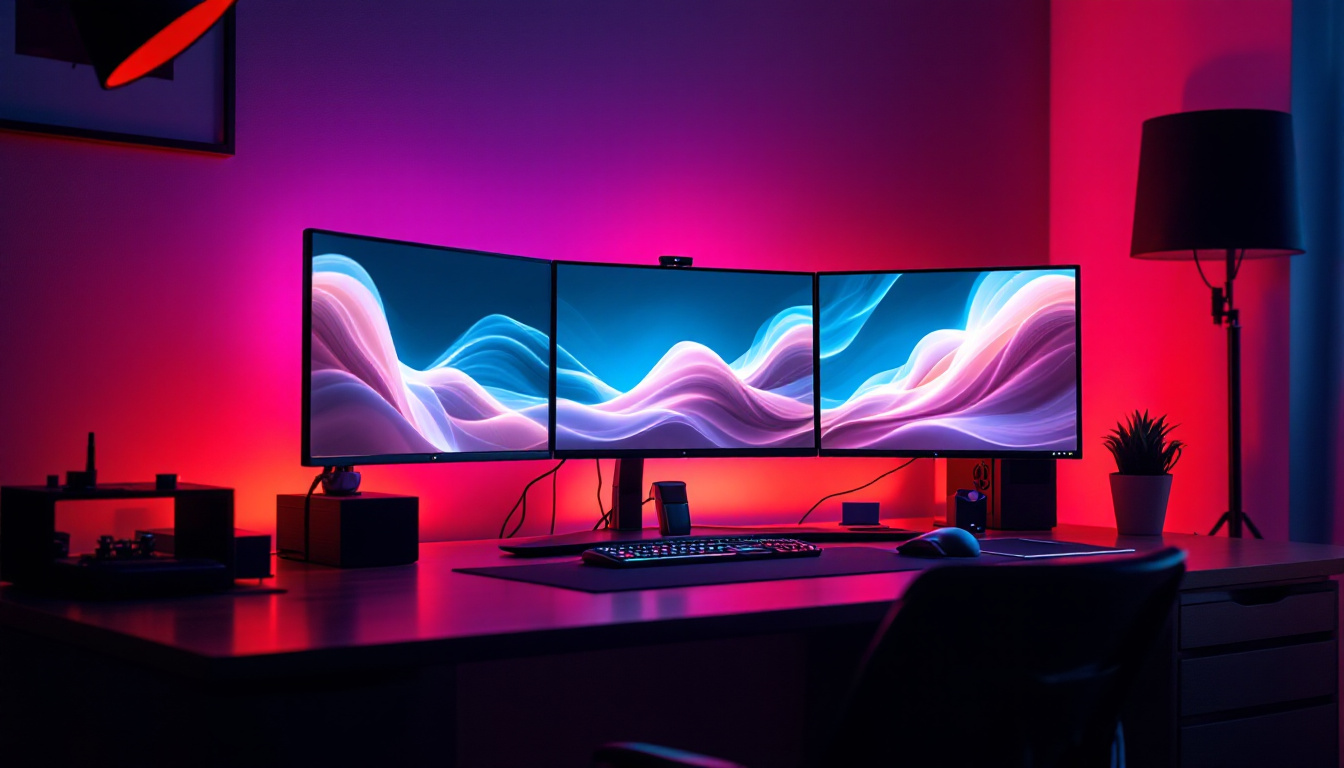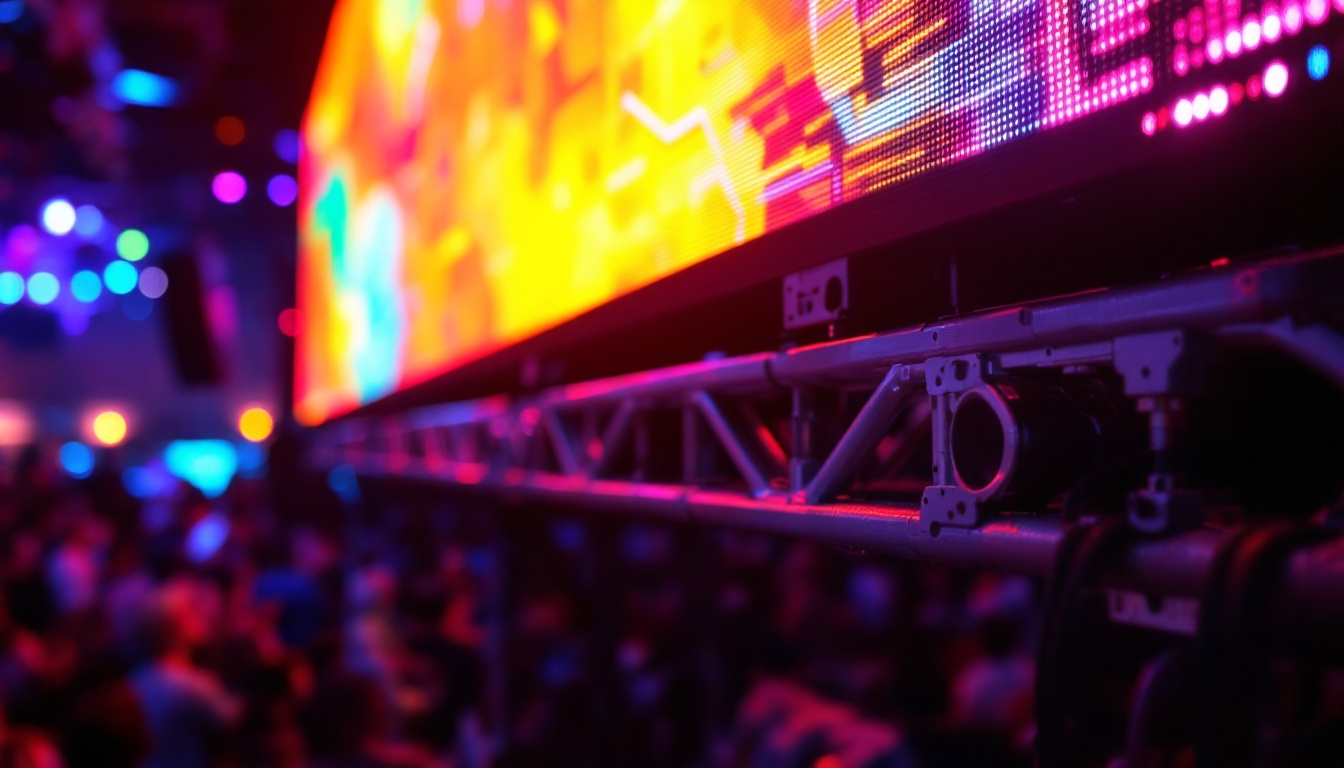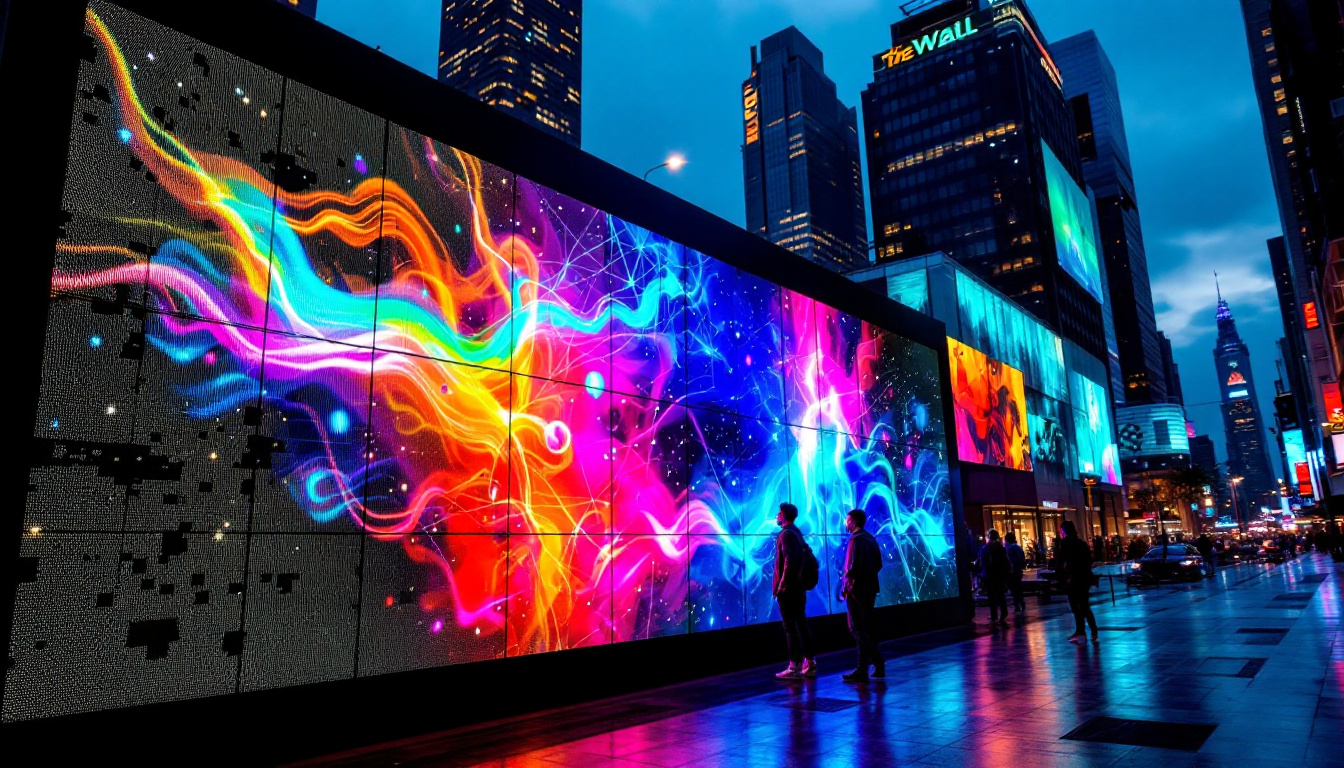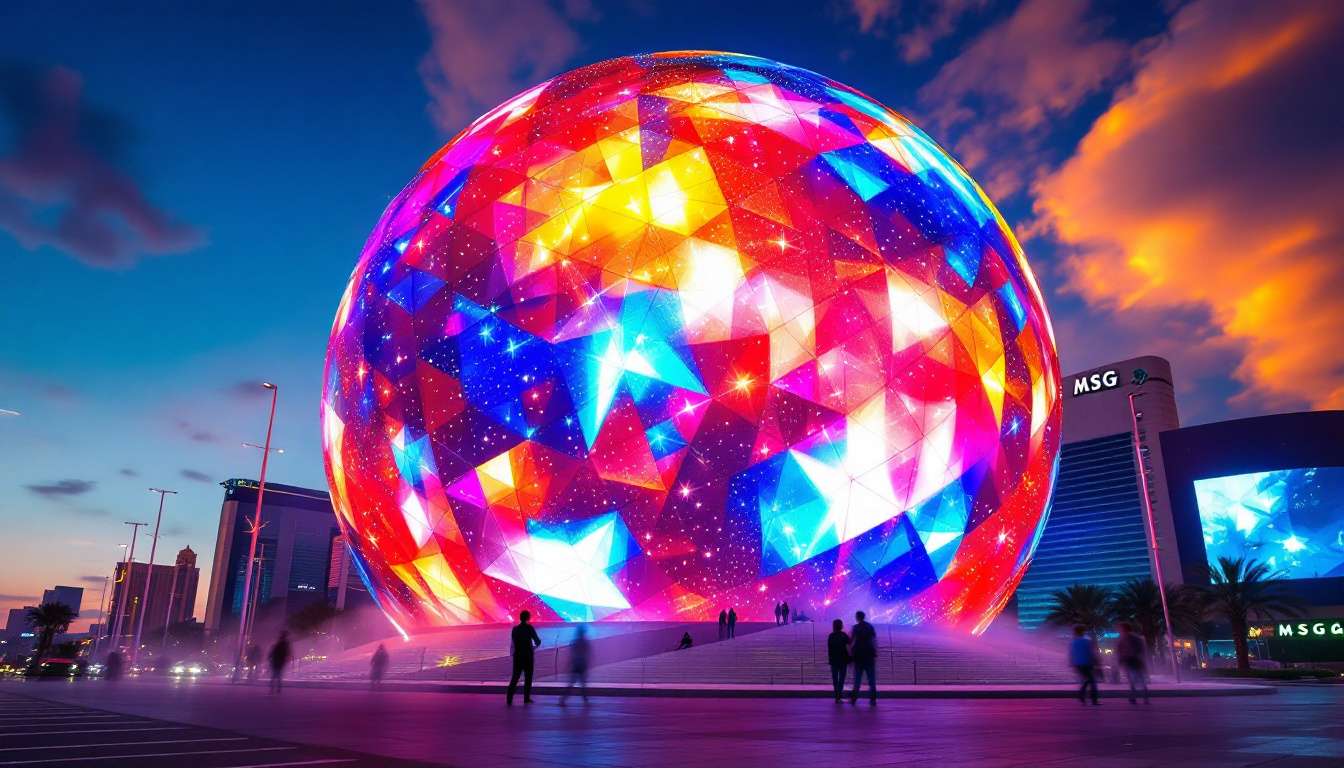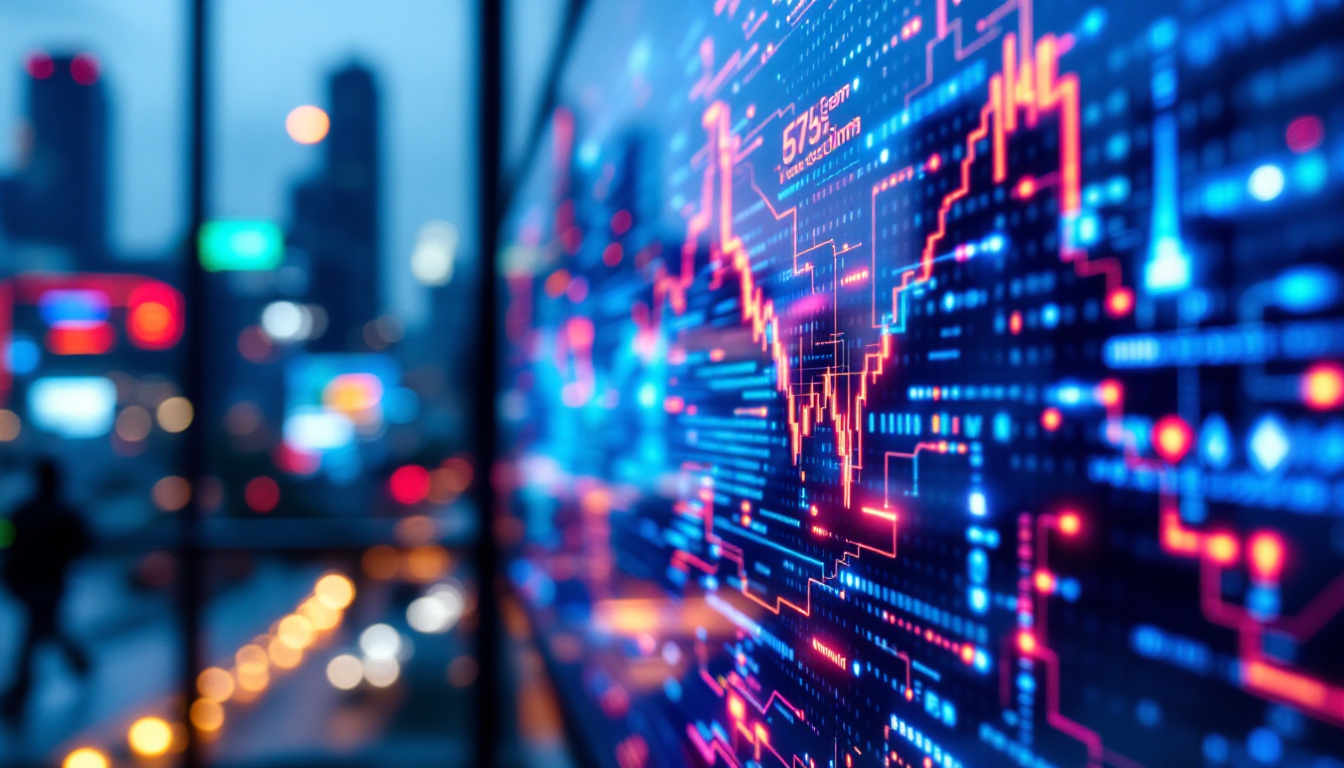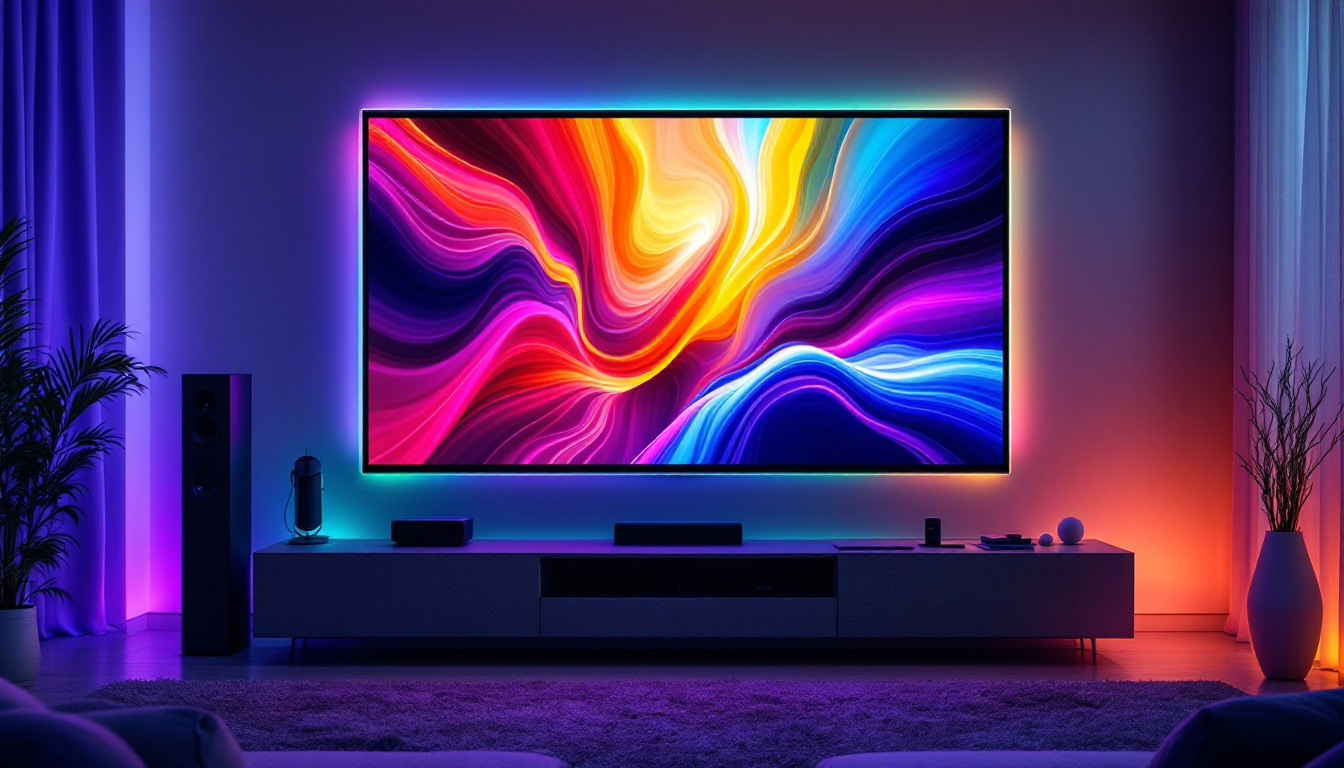In the realm of modern technology, LED displays have emerged as a transformative force in visual communication. These displays, characterized by their vibrant colors and energy efficiency, have found applications across various industries. This article delves into the intricacies of LED displays, exploring their functionality, advantages, and diverse applications.
Understanding LED Technology
LED, or Light Emitting Diode, is a semiconductor device that emits light when an electric current passes through it. This technology has revolutionized the way displays are designed and used, offering a plethora of advantages over traditional display technologies. From energy efficiency to longevity, LEDs have become the go-to choice for a wide array of applications, including everything from home lighting to large-scale advertising displays.
The Basics of LED Functionality
At its core, an LED display consists of numerous tiny light-emitting diodes arranged in a grid. Each diode can emit different colors, and when combined, they create a full spectrum of colors. The arrangement and size of these diodes determine the resolution and clarity of the display. The ability to control each diode individually allows for dynamic content, making LED displays highly versatile. This capability is particularly beneficial in environments where visual impact is crucial, such as concerts or sporting events, where vibrant colors and sharp images can enhance the overall experience.
LED displays can be categorized into two main types: direct view and rear projection. Direct view displays are made up of individual LEDs that are visible from the front, while rear projection displays use LEDs to project images onto a screen from behind. This distinction is crucial for understanding the applications and effectiveness of each type. For instance, direct view displays are often favored for their brightness and clarity in well-lit environments, while rear projection systems are typically used in settings where space is limited, allowing for larger images without the need for extensive physical infrastructure.
Types of LED Displays
There are several types of LED displays, each designed for specific applications. The most common types include:
- Indoor LED Displays: These are typically used in settings such as shopping malls, conference rooms, and theaters. They are designed for close viewing and offer high resolution. Indoor displays often utilize advanced technologies like pixel pitch optimization to ensure that images remain sharp and clear, even at close distances.
- Outdoor LED Displays: Built to withstand various weather conditions, outdoor displays are often used for billboards, sports arenas, and public signage. They are brighter and more robust than indoor displays, featuring protective coatings to guard against moisture and UV damage. The ability to operate in direct sunlight makes outdoor LEDs a popular choice for advertisers looking to capture attention in bustling urban environments.
- Transparent LED Displays: These innovative displays allow for visibility through the screen, making them ideal for retail environments where product visibility is crucial. Transparent LED technology not only enhances the aesthetic appeal of storefronts but also enables interactive advertising, where consumers can engage with the display while still viewing the products behind it.
Moreover, advancements in LED technology have led to the development of flexible LED displays, which can be bent or shaped to fit unconventional spaces. This flexibility opens up new possibilities for creative installations, such as curved screens in modern architecture or dynamic stage designs for live performances. As the demand for unique and engaging visual experiences continues to grow, the evolution of LED technology is likely to play a pivotal role in shaping the future of display solutions.
Advantages of LED Displays
The rise of LED technology in display systems can be attributed to several key advantages that set it apart from traditional display methods.
Energy Efficiency
One of the most significant benefits of LED displays is their energy efficiency. Compared to older technologies like LCD or CRT, LED displays consume considerably less power. This not only reduces operational costs but also contributes to a smaller carbon footprint, making them an environmentally friendly choice. In addition, many LED displays come with features such as automatic brightness adjustment, which further optimizes energy consumption based on ambient light conditions. This smart technology ensures that energy is used only when necessary, making LED displays an even more sustainable option for businesses and consumers alike.
Brightness and Color Quality
LED displays are known for their exceptional brightness and color quality. They can produce vibrant colors and deep blacks, which enhance the overall viewing experience. This capability makes them ideal for outdoor advertising, where visibility in bright sunlight is essential. Furthermore, LED technology allows for a wider color gamut, meaning that the displays can reproduce a broader range of colors than many traditional display types. This increased color accuracy not only benefits advertising but also enhances applications in photography, video production, and digital art, where true-to-life representation is crucial. The combination of high brightness and rich color depth ensures that content is captivating and engaging, drawing in viewers and leaving a lasting impression.
Applications of LED Displays
The versatility of LED displays allows them to be utilized in a wide range of applications, from advertising to entertainment and beyond.
Advertising and Marketing
LED displays have become a staple in the advertising industry. Their ability to display dynamic content, such as videos and animations, captures the attention of passersby more effectively than static billboards. Businesses are increasingly opting for LED displays to promote their products and services, leveraging their eye-catching capabilities to drive sales. Moreover, the technology allows for real-time updates, enabling advertisers to change their messages instantly based on current events or promotions. This adaptability not only enhances engagement but also maximizes the return on investment for businesses looking to reach their target audience in a more impactful way.
Entertainment and Events
In the entertainment sector, LED displays are used extensively in concerts, festivals, and sporting events. Large LED screens provide audiences with clear visuals, enhancing the overall experience. From live broadcasts to immersive installations, LED technology has redefined how events are experienced. The integration of LED displays in stage design allows for creative visual storytelling, where light and color can be manipulated to evoke emotions and create a captivating atmosphere. Additionally, the use of LED walls in venues ensures that even those seated far from the stage can enjoy a high-quality viewing experience, bridging the gap between performers and their audience.
Public Information Systems
LED displays are also employed in public information systems, such as transportation schedules and emergency alerts. Their visibility and clarity ensure that critical information is communicated effectively, contributing to public safety and awareness. These displays can be found in airports, train stations, and bus terminals, providing real-time updates that help travelers navigate their journeys with ease. Furthermore, during emergencies, LED displays can quickly disseminate vital information to large crowds, ensuring that the public is informed and can respond appropriately. The integration of smart technology into these systems also allows for automated updates based on data feeds, making them an essential tool for modern urban infrastructure.
Challenges and Considerations
While LED displays offer numerous advantages, there are also challenges and considerations that must be taken into account when implementing this technology.
Cost Factors
The initial investment for LED displays can be significant, particularly for high-resolution models. However, the long-term savings in energy costs and maintenance often justify the upfront expense. Businesses must weigh the initial costs against the potential return on investment. Additionally, it’s important to consider the evolving nature of technology; as new advancements emerge, older models may depreciate in value, prompting businesses to reassess their display strategies regularly. This dynamic landscape can lead to further financial implications, especially for companies that wish to stay at the forefront of visual technology.
Maintenance and Lifespan
Although LED displays are generally durable, they do require maintenance to ensure optimal performance. Regular cleaning and occasional repairs are necessary to keep the displays functioning correctly. Understanding the lifespan of different components can aid in planning for replacements and minimizing downtime. Furthermore, the environmental conditions in which the displays are used can significantly impact their longevity. For instance, displays exposed to harsh weather conditions or extreme temperatures may require more frequent servicing. Implementing a proactive maintenance schedule can help mitigate these issues, ensuring that the displays remain in peak condition and continue to deliver vibrant visuals over time. This not only enhances the viewer experience but also protects the investment made in this advanced technology.
The Future of LED Displays
The future of LED displays looks promising, with ongoing advancements in technology paving the way for even more innovative applications.
Advancements in Technology
As technology continues to evolve, LED displays are becoming increasingly sophisticated. Developments such as microLED and OLED technology are pushing the boundaries of display quality, offering higher resolutions and better color accuracy. These advancements will likely lead to new applications and further integration into everyday life.
Integration with Smart Technology
With the rise of smart technology, LED displays are being integrated into various smart systems, including home automation and digital signage. This integration allows for real-time updates and interactivity, enhancing user engagement and experience.
Conclusion
LED displays have transformed visual communication across numerous sectors, providing vibrant, energy-efficient, and versatile solutions for a variety of applications. As technology continues to advance, the potential for LED displays is limitless, making them an essential component of modern visual media. Understanding their functionality, advantages, and applications is crucial for anyone looking to leverage this technology effectively.
In conclusion, whether for advertising, entertainment, or public information, LED displays offer a dynamic way to engage audiences and convey messages. Their continued evolution will undoubtedly shape the future of visual communication, making it an exciting area to watch in the coming years.
Discover LumenMatrix LED Display Solutions
Ready to elevate your visual communication with the vibrant, energy-efficient, and versatile capabilities of LED displays? LumenMatrix is at the forefront of LED display innovation, offering a wide range of solutions tailored to meet your needs. From Indoor and Outdoor LED Walls to specialized displays for vehicles, sports, and custom installations, our products are designed to captivate your audience and amplify your message. Experience the future of visual engagement with LumenMatrix and revolutionize the way you share your brand’s story. Check out LumenMatrix LED Display Solutions today and see the difference for yourself.


